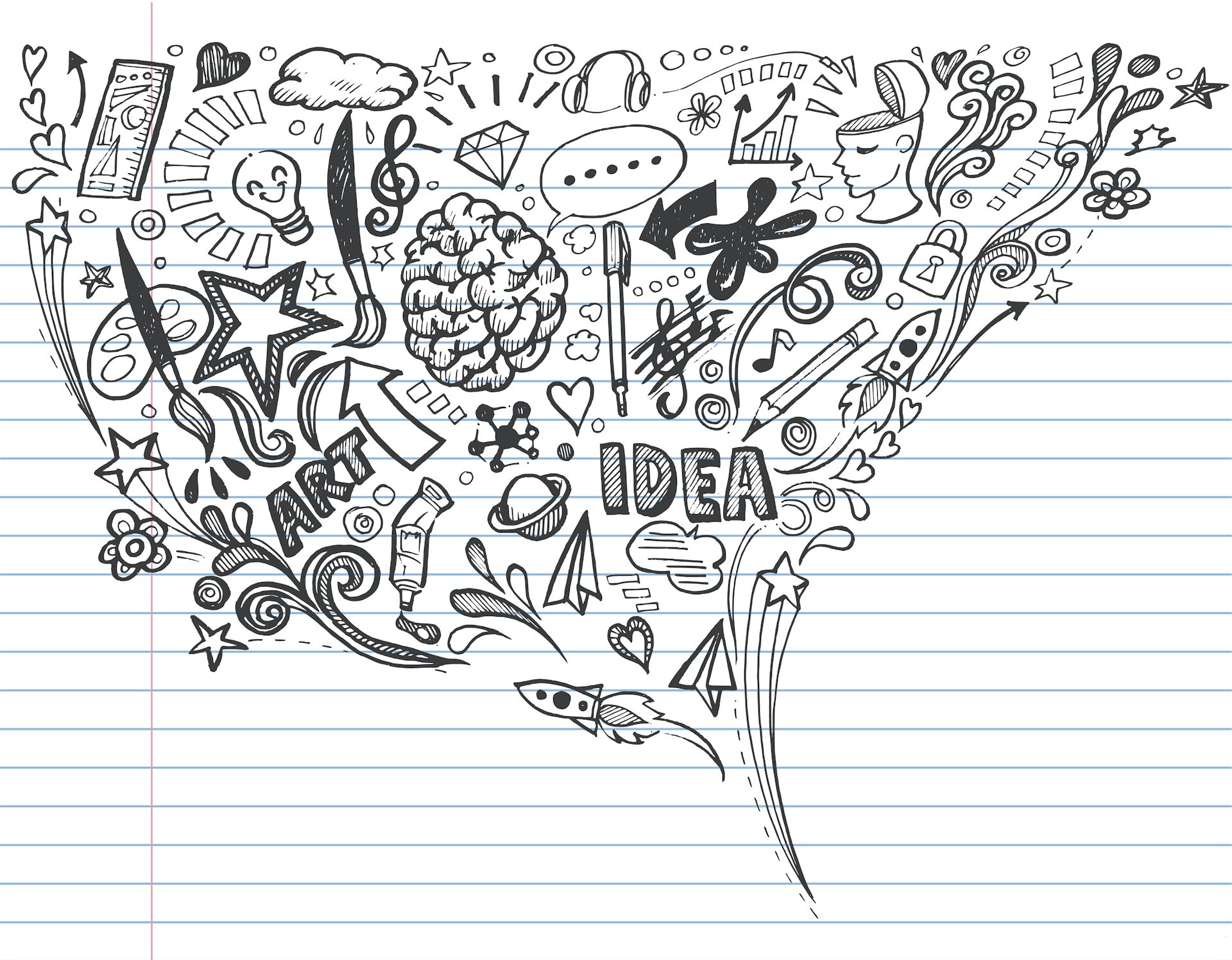

John Keats, poet and physician, has medical notes that have doodles on its margins as well. Nobel laureate poet Rabindranath Tagore has made a lot of doodles on his manuscripts. The notebooks of Alexander Pushkin are celebrated for their superabundance of marginal doodles, most of which are sketches of his friends’ profiles, hands, and feet. Famous DoodlersĮven famous public figures have been known to doodle every once in a while. Researches on doodles are now being focused on studying a certain writer’s subconscious and productive mind. It acts as a mediator between the spectrum of thinking too much or thinking too little, and helps focus on the current situation. It has been said that doodling can help a person’s memory by expanding just enough energy to keep one from daydreaming or not paying attention. Recently, there have been a lot of studies and researches conducted about doodling. Related What type of learner are you? Doodling is Science The modern meaning of the word, as we know it now, emerged in the 1930s either from the 18th century meaning of “to doodle” which meant “to swindle or make a fool out of,” or the 17th century verb “to dawdle” which meant “wasting time or being lazy”. Origins Of The Wordĭid you know that the word doodle came from the early 17th century and it initially meant a fool or a simpleton? The word may have been derived from the German word “Dudeltopf” or “Dudeldop”, which means simpleton. There are a number of different kinds of doodles – cartoon versions of other people (mostly teachers and fellow students), famous television or comic characters, some imaginary characters, letterings, landscapes, geometric shapes, patterns, and textures, to name a few.

They may be simple drawings that have concrete representational meaning, or just abstract shapes that mean nothing at all.Īpart from being a result of a bored student, doodles are also often produced during long telephone conversations, if the speaker has access to a pen and paper. Have you ever found yourself daydreaming or losing interest in one of your classes in school and end up creating a little masterpiece of your own on your notebook’s margins? We’ve all had those moments.ĭoodling is actually an art form, despite having done it mindlessly or unconsciously.


 0 kommentar(er)
0 kommentar(er)
